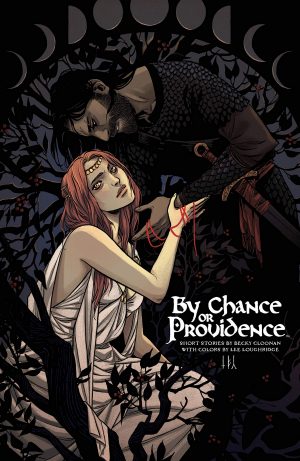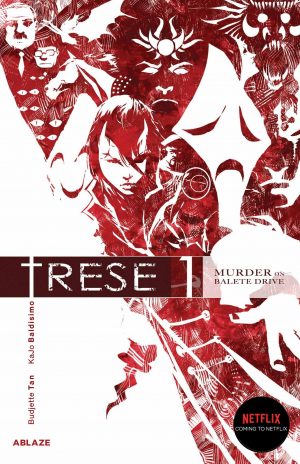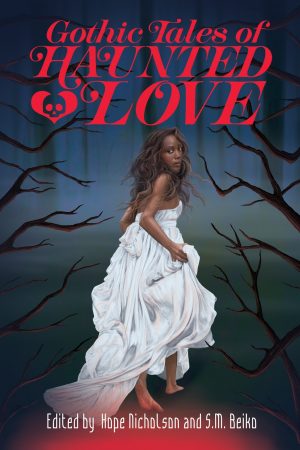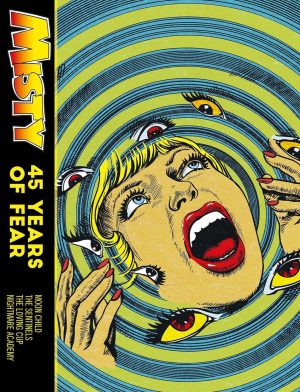Review by Ian Keogh
When a celebrity is credited with writing a graphic novel, yet collaborates with an established comic writer the extent of their contribution is always a matter of speculation. Did Jennifer Love Hewitt, for instance, just envisage five horror/supernatural stories featuring a music box and then hand the project over to Scott Lobdell, or was her contribution greater? One certainly wonders how happy she was with a cover image that makes her seem a creepy plastic AI creation.
Whoever was responsible, Music Box supplies five spooky stories about five different people. A police detective wishes he could have caught a serial killer earlier, and so receives intense visions of the future enabling him to prevent killings, a woman who can’t sing becomes a stage star, and a GI returning home from Iraq is endangered on a plane. We also get a glimpse into how prayers are answered and the scheming husband of an heiress prefers another woman. That’s the weakest of the five stories with the source of the eventual downfall too obviously telegraphed.
For anyone with a logical mindset it’ll be irritating that the malevolently magical music box operates by a different set of rules with every new victim, sometimes activated by wishes, sometimes acting independently. The other great flaw is the use of a music box, which is possibly an actor considering their trade incorporating sound, while comics are exclusively visual, which diminishes the mood.
It’s the opening story of the police detective that’s the strongest, and it’s because in Michael Gaydos there’s an established artist who knows how to tell an atmospheric story. The remaining artists are variable, but that none have gone on to establish themselves like Gaydos tells its own story. The other sample art is from Adam Archer.
These aren’t poor stories, but neither are they anything you’ll ever need to read a second time.





